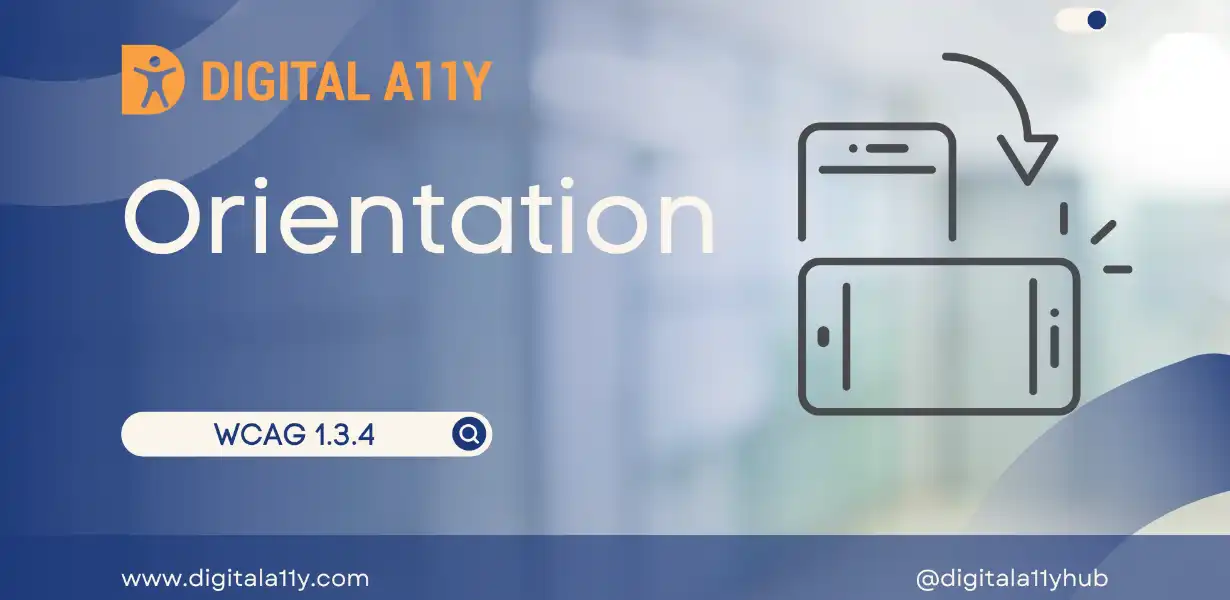
Device Orientation API in Wearables: Revolutionizing Fitness and Health Tracking
- Post
- August 8, 2023
- Device Orientation API, Web APIs, Web Technologies
- 0 Comments
Imagine a world where your fitness and health journey becomes more interactive and accurate, thanks to the seamless integration of technology into wearable devices. This is precisely what the Device Orientation API brings to the table – a game-changer in the realm of fitness tracking. In this comprehensive guide, we delve into the intricacies of the Device Orientation API, its real-world applications, and the ways it’s redefining the way we approach our well-being.
Understanding the Device Orientation API
The Device Orientation API is a JavaScript API that allows web applications to access data from device sensors. Specifically, it provides information about the device’s physical orientation, including pitch, roll, and yaw angles. This enables wearables and devices to understand how they are positioned and how they move in space.
By tapping into sensors like accelerometers and gyroscopes, the API empowers developers to create innovative applications that respond to users’ movements in real-time. This not only enhances user experiences but also paves the way for more accurate fitness and health tracking.
Real-World Applications
Interactive Fitness Workouts
Fitness enthusiasts are no longer confined to static workout routines. With the Device Orientation API, wearables can provide interactive workout experiences. Imagine a yoga app that adjusts poses based on your body’s orientation or a virtual personal trainer guiding you through dynamic exercises tailored to your movements.
Accurate Calorie Tracking
Traditional fitness trackers calculate calories burned based on step counts and heart rate. However, the Device Orientation API takes this a step further by considering the intensity and complexity of your movements. Whether you’re doing squats, lunges, or even dancing, the API contributes to more precise calorie estimations.
Posture Correction
Maintaining proper posture is essential for overall well-being. Wearables utilizing the Device Orientation API can provide real-time feedback on your posture. They can gently alert you when you slouch, helping you develop better habits and prevent discomfort.
Virtual Reality Integration
Virtual reality (VR) is gaining traction in fitness. By incorporating the Device Orientation API, VR fitness apps can mirror your movements accurately within the virtual environment. This creates an immersive workout experience that aligns with your natural motions.
Device Orientation Examples
Let’s explore some intriguing examples of how the Device Orientation API is making waves in the fitness and health industry:
YogaPoseTracker
The YogaPoseTracker app leverages the Device Orientation API to offer real-time guidance during yoga sessions. As you move through different poses, the app’s virtual instructor adjusts instructions based on your body’s orientation. This dynamic interaction promotes more effective and personalized yoga practice.
MotionRhythm Dance
MotionRhythm Dance brings an innovative twist to dancing workouts. By using the Device Orientation API, the app accurately detects your dance moves and rhythm. It then tailors the choreography and music to match your unique style, creating an engaging and enjoyable fitness experience.
A Glimpse into the Future
The potential of the Device Orientation API extends beyond fitness and health tracking. As wearable technology evolves, we can expect to see even more groundbreaking applications:
Rehabilitation and Physical Therapy
For individuals undergoing rehabilitation or physical therapy, wearable devices equipped with the Device Orientation API can provide real-time feedback on movement progress. This helps patients and therapists monitor recovery and adjust routines accordingly.
Enhanced Navigation
Outdoor enthusiasts can benefit from wearables that utilize the Device Orientation API for navigation. These devices can offer dynamic maps that adjust based on the user’s orientation and movement, ensuring a seamless and accurate navigation experience.
Commonly Asked Questions
Q1: How does the Device Orientation API work?
The Device Orientation API gathers data from sensors like accelerometers and gyroscopes to determine the device’s orientation in space. This data is then made accessible to web applications, allowing developers to create dynamic and responsive experiences.
Q2: Can the Device Orientation API be used on all wearables?
While most modern smartphones and wearables come equipped with the necessary sensors, compatibility might vary. It’s essential to check the specifications of your device to ensure it supports the Device Orientation API.
Q3: Is the Device Orientation API accurate?
Yes, the API provides accurate orientation data. However, developers need to account for factors like sensor calibration and environmental conditions to ensure the highest level of accuracy.
Q4: Are there privacy concerns with the Device Orientation API?
As with any technology, privacy is a consideration. The API primarily collects data related to device orientation and movement. Still, it’s crucial for developers to implement proper security measures to protect user information.
Q5: Can the Device Orientation API be used offline?
The API’s data relies on sensors, so it might not work accurately offline. However, developers can implement caching mechanisms to ensure a seamless experience even when the device loses connection temporarily.
Final Words
In the ever-evolving landscape of fitness and health tracking, the Device Orientation API emerges as a game-changer. By harnessing the power of device sensors and real-time data, this technology paves the way for more interactive, personalized, and effective fitness experiences. From interactive workouts to posture correction, the possibilities are limitless. As we look ahead, it’s exciting to envision how the Device Orientation API will continue to redefine the way we approach our well-being.




